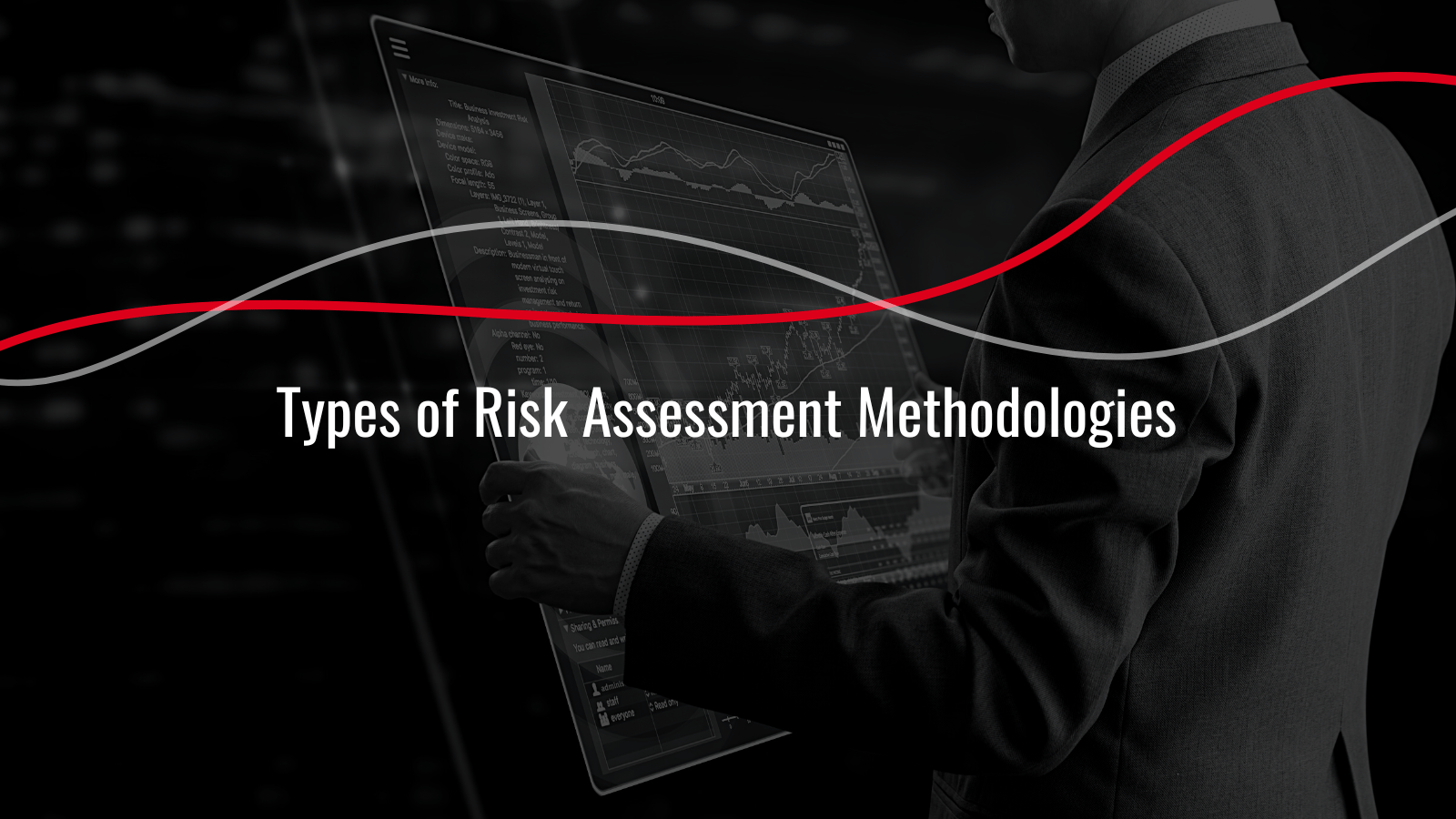
Assessing the level of cyber risk in a business system entails discovering the types of cyber-attacks that could be launched against it and developing ways to prevent those attacks. The safety and well-being of a business’s network can be ensured in several ways, depending on the organization or industry.
This article summarizes several popular approaches to risk assessment and describes the defining characteristics of each.
The stages of risk assessment
Talking about risk assessment prompts us to refer to the initial process of assessing potential risks encompassing a company. A step-by-step risk assessment is crucial to preserving a healthy and safe work environment. These are the basic stages to go through:
- Identifying cyber risks could be anything that inflicts harm to the workflow, taking into account hardware equipment, company’s software, and workers’ vulnerability.
- Assessing the risks: includes evaluating the measure of harm the identified risks could inflict on the workplace.
- Planning and implementing the complying controls: once cyber threats are identified, and the potential risk from them is estimated, it is time to set up precautions and control measures to control them and their results.
- Recording the significant findings: for continued monitoring and periodic assessment, keeping a record of current cyber threats and the applied preventative measures is essential.
- Reviewing controls and monitoring risks: risk assessment records should always be updated with the new changes in cyberspace.
Risk assessment methodologies
There are plenty of methods businesses can use to manage potential risks. The most employed risk assessment methodologies are restricted to three basic strategies: qualitative risk assessment, quantitative risk assessment, and hybrid risk assessment. Here is a glimpse of the characteristics of each method.
Qualitative risk assessment
A qualitative risk analysis is based on scenarios using personal and expert judgments to identify hazards, assess risks, and plan control measures. It is a subjective approach to evaluating probability and impact. It is a widely used approach because it does not require software tools and is an easy-to-perform process.
This methodology uses qualitative scales to classify risks according to the degree of impact they entail. The severity of a threat is measured as low, medium, or high.
Quantitative risk assessment
A quantitative risk assessment is a more complex methodology. It takes an objective approach to assessing risks and is applied to sophisticated systems and projects because of its accuracy in evaluating risks.
Quantitative risk assessment uses a matrix that assigns a value to the likelihood and severity of threats. That matrix helps to numerically assess the influence of risks on work activities or projects. Thus, the quantitative method is more reliable option.
In opposition to the qualitative risk assessment methodology, this method uses quantitative tools and techniques to measure the level of risks and requires a degree of internal expertise.
Hybrid risk assessment
The hybrid risk assessment is a combination of both qualitative and quantitative risk assessment methodologies. It is an objective approach that uses a numerical scale, such as 1-10 or 1-100, to assign a numerical risk value.
This strategy proved effective in prioritizing risk items according to their risk value. The advantage of using a hybrid risk assessment methodology is its ability to produce more analytical assessments than the other methodologies.
Other risk assessment methodologies
The previously mentioned methodologies are common and applicable in various scopes of businesses. Regarding information technology and security, there are four methodologies that focus on these criteria as follows:
1. NIST 800-30 Risk Management Guide for Information Technology Systems: takes a qualitative approach, providing computer security guidance for assessing information technology threats and their likelihood of affecting information security. This methodology has U.S. federal government standards and is a good fit for the private sector.
> What Is NIST Framework? Ultimate Guide For 2022
2. Facilitated Risk Analysis Process (FRAP): It also takes a qualitative approach. This methodology is designed to be simple, fast, and efficient and analyzes one system, application, or process at a time.
3. Operationally Critical Threat, Asset, and Vulnerability Evaluation (OCTAVE): this methodology can be used for large scopes and works best in the private sector. It takes a qualitative approach.
4. ISO / IEC 27005: It is a renowned international standard designed to provide information security risk assessment guidelines. ISO 27005 supports the requirements of an ISO 27000 information security management system. Companies, public institutions, and non-profit organizations can use this method to prevent their data from being affected by cyber risks.
5. MITRE ATT&CK with FAIR™ methodology: When investigating hostile tactics, the MITRE ATT&CK approach can be helpful. The methodology helps users understand their cyber risk landscape from the perspective of the threat actor by documenting the strategies and approaches used by actual attackers. Cyber risk analysis, using a combination of MITRE ATT&CK and FAIRTM, such as used by Humanize, can aid in the prioritization of risk management efforts inside a company.
Conclusion
This was a general preview of some risk assessment approaches that would be used in workplaces other than those related to information technology and securities. Each approach has its own set of rules that apply to specific situations.
To choose which methodology best meets the needs of a certain business, learn about the specifications of each methodology and how they apply to that type of business.


